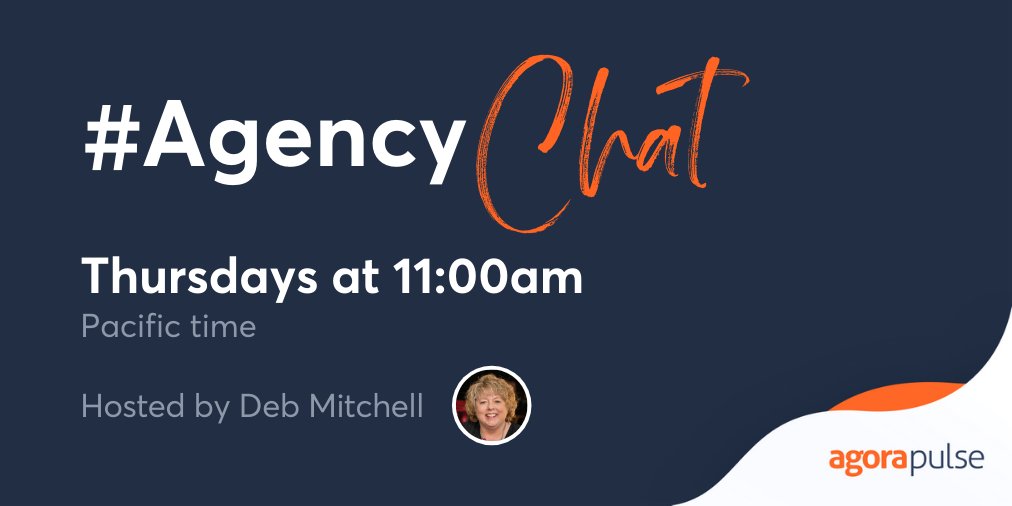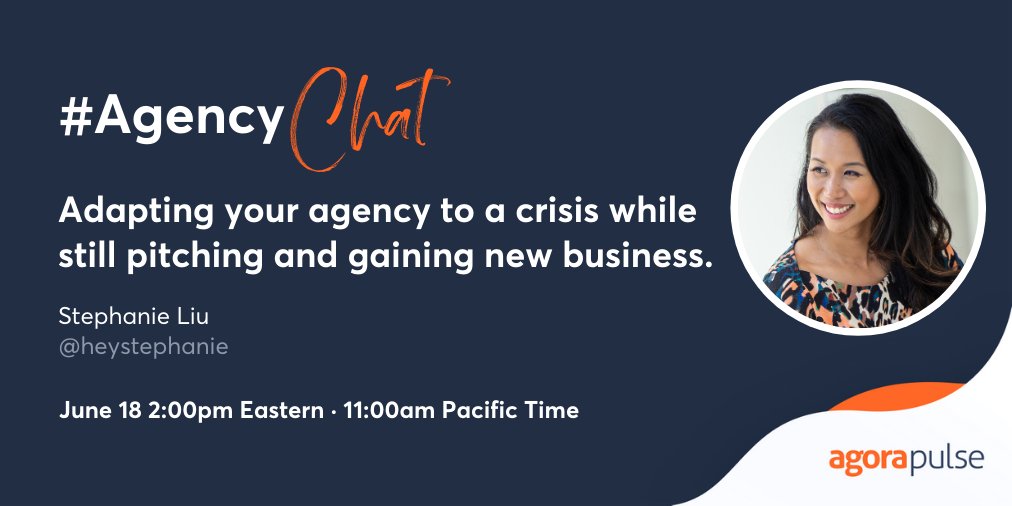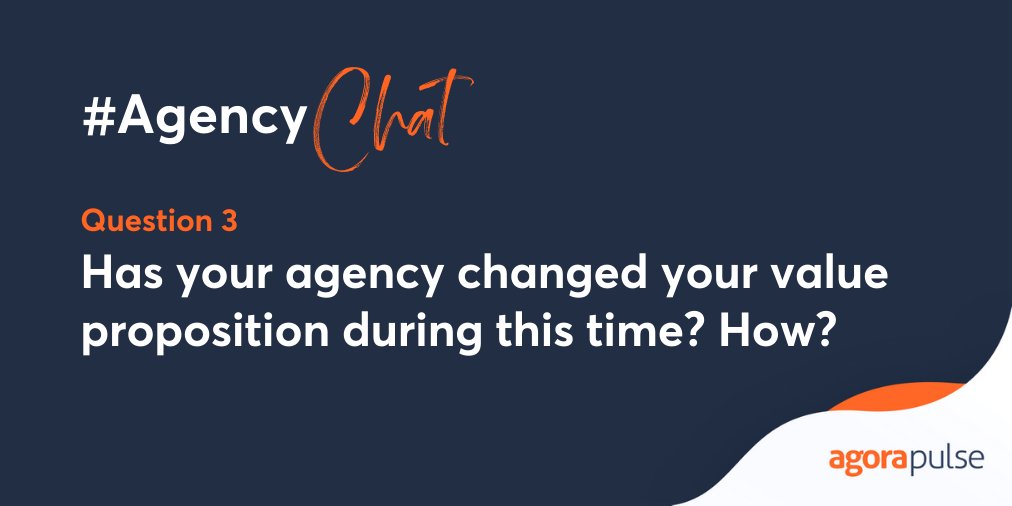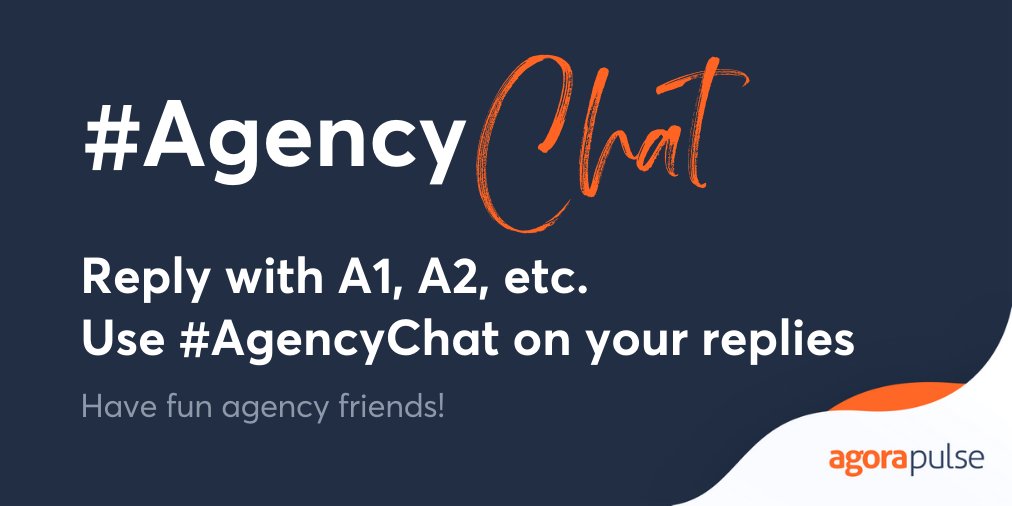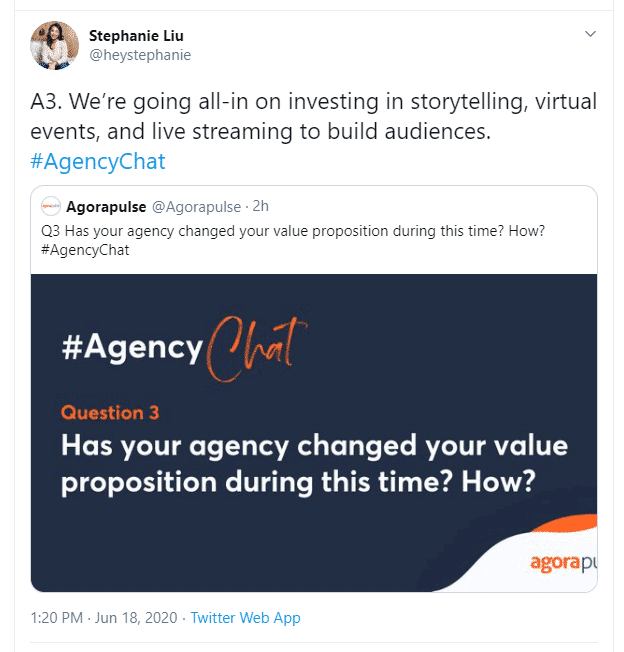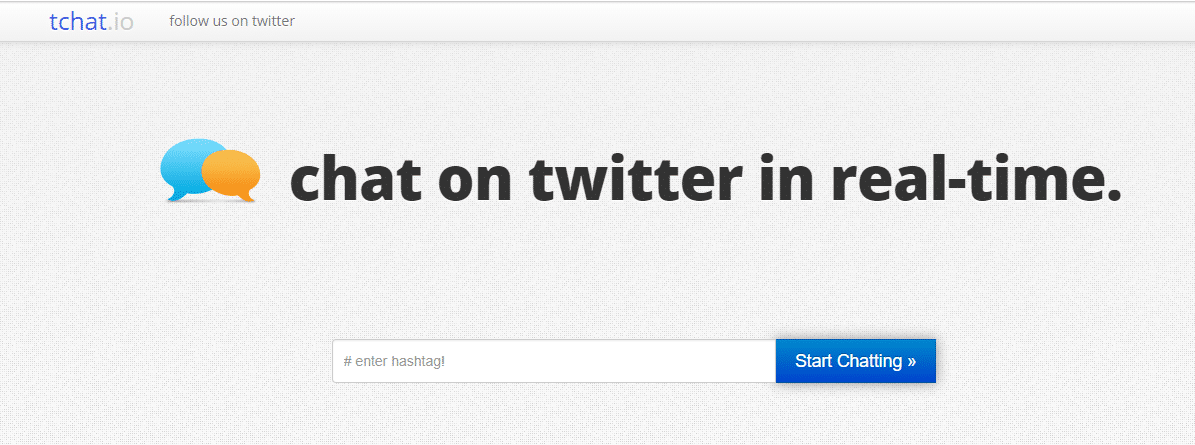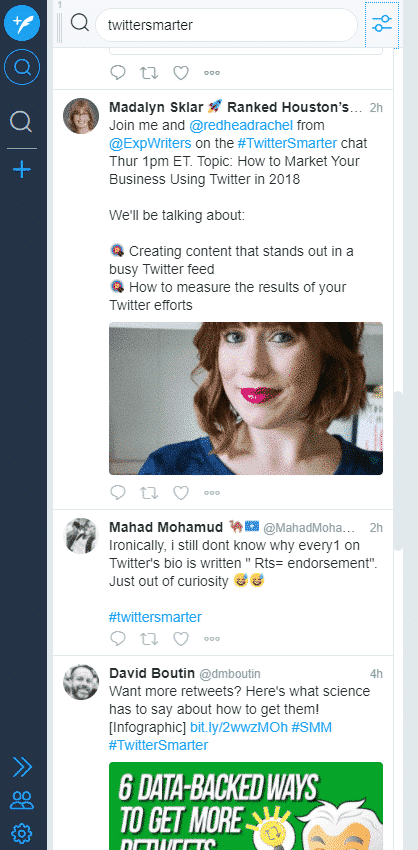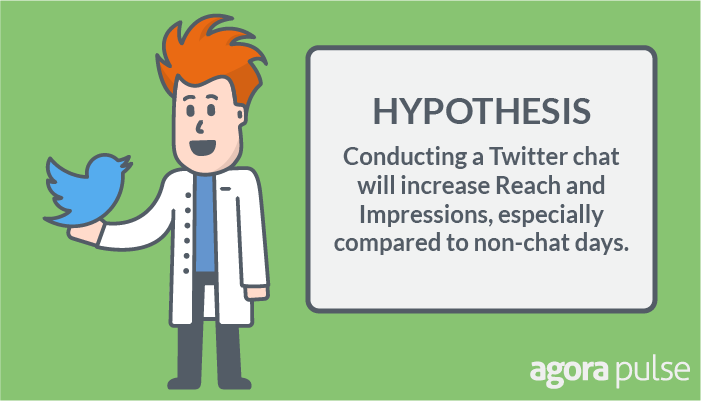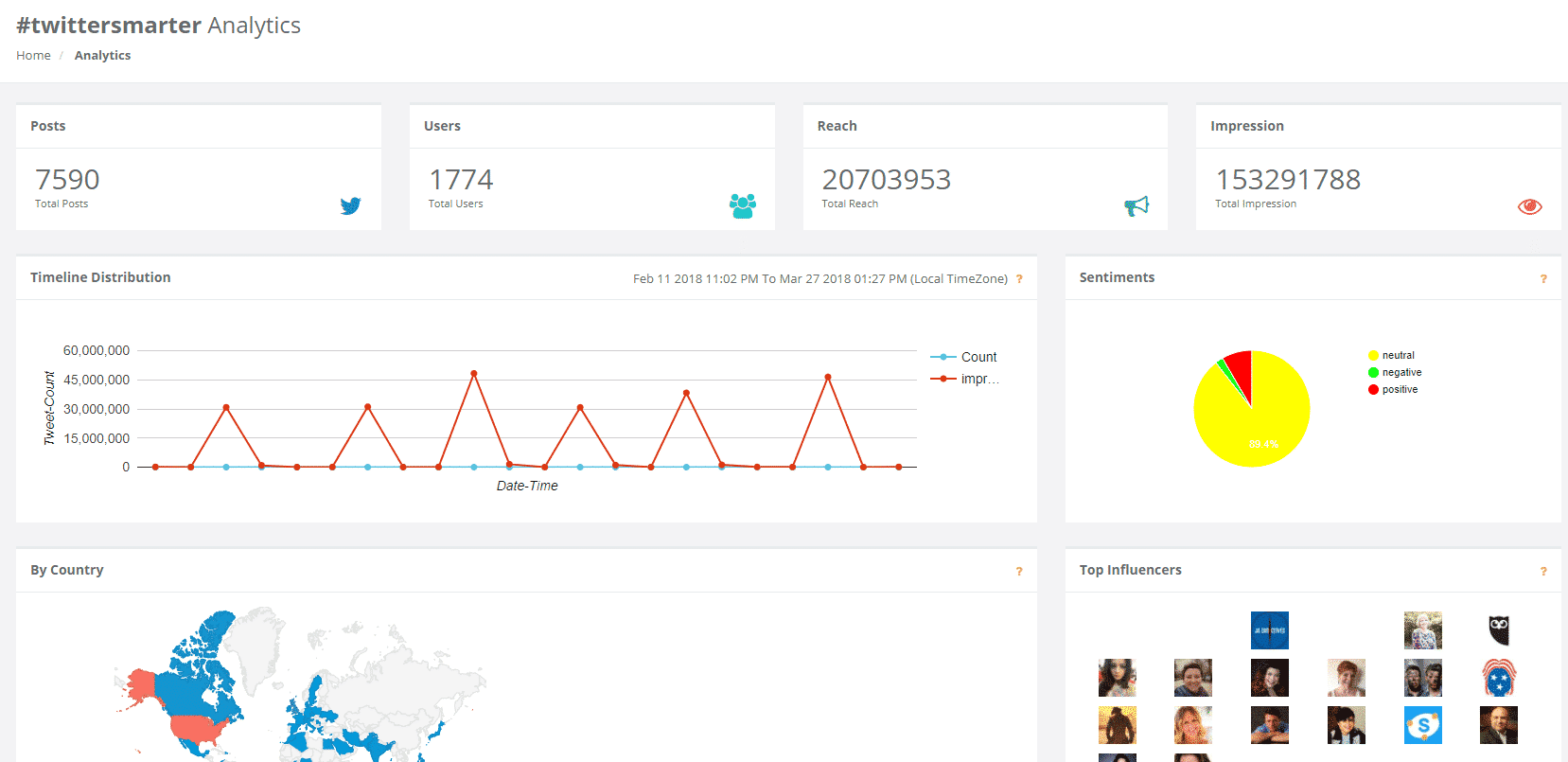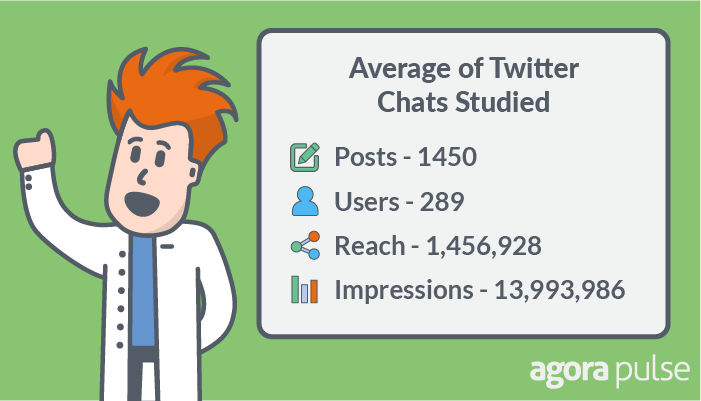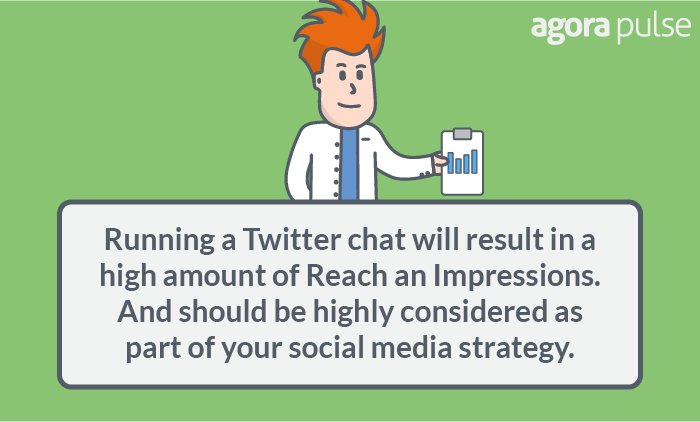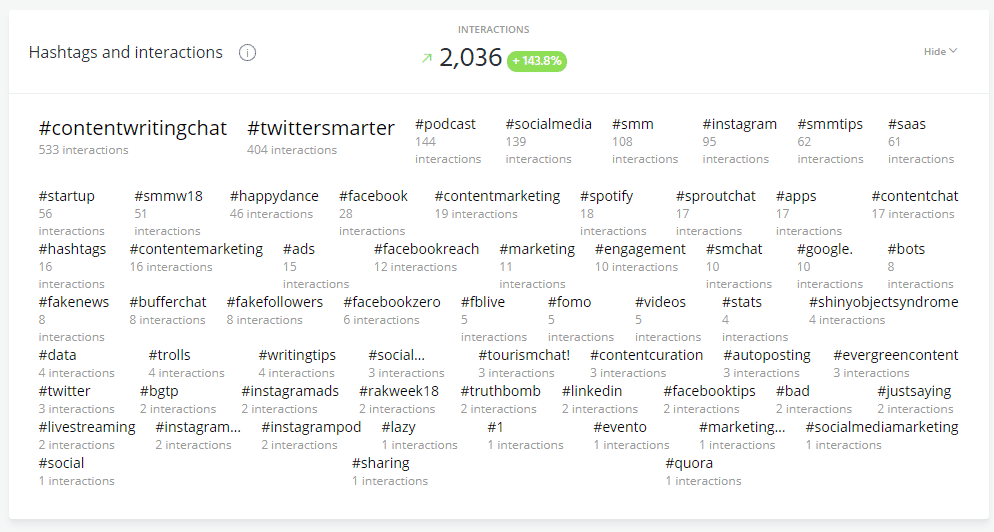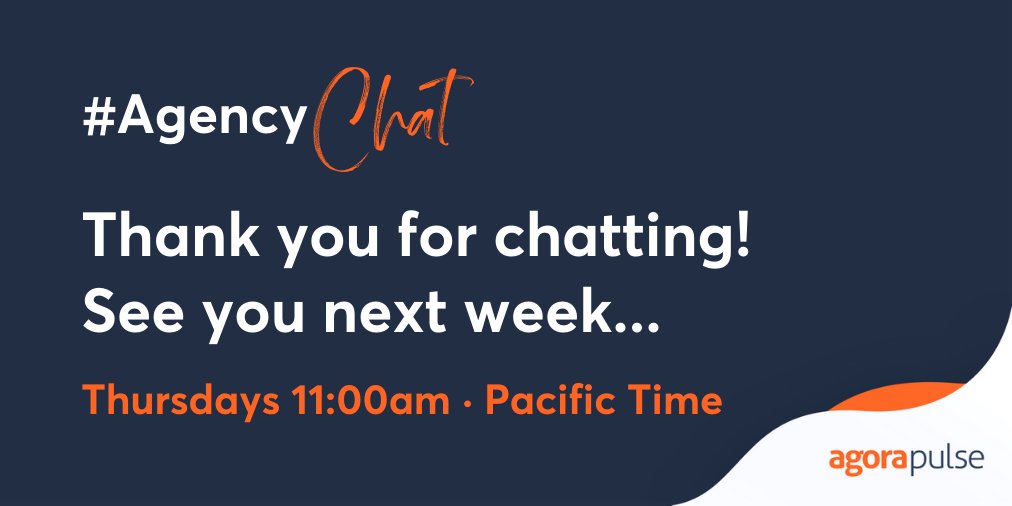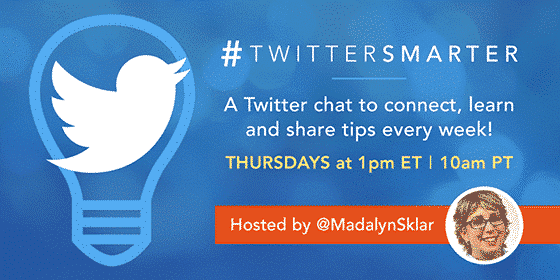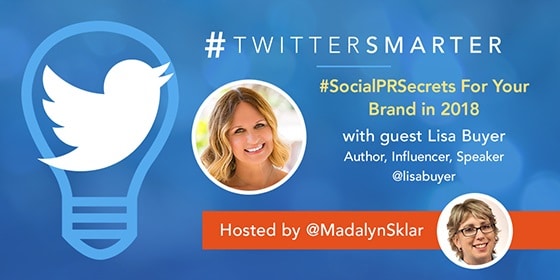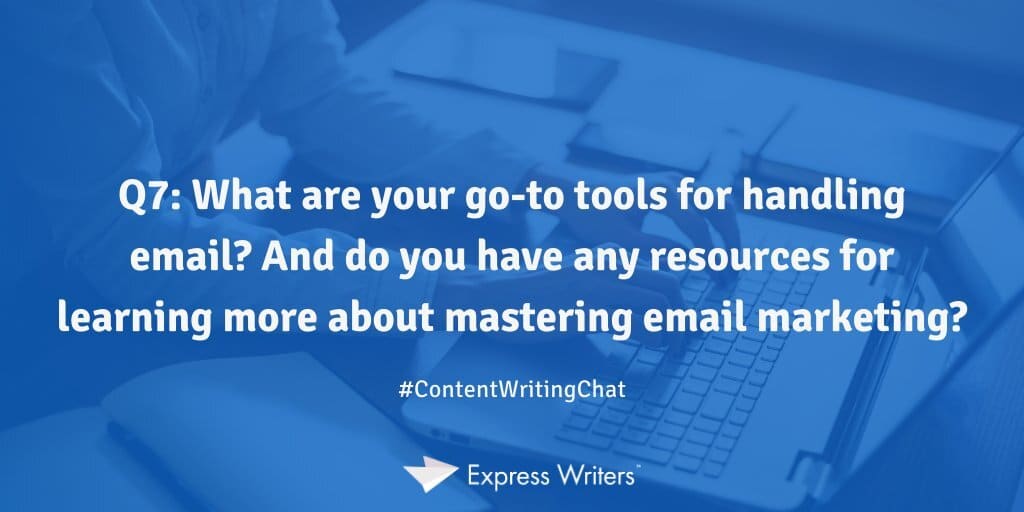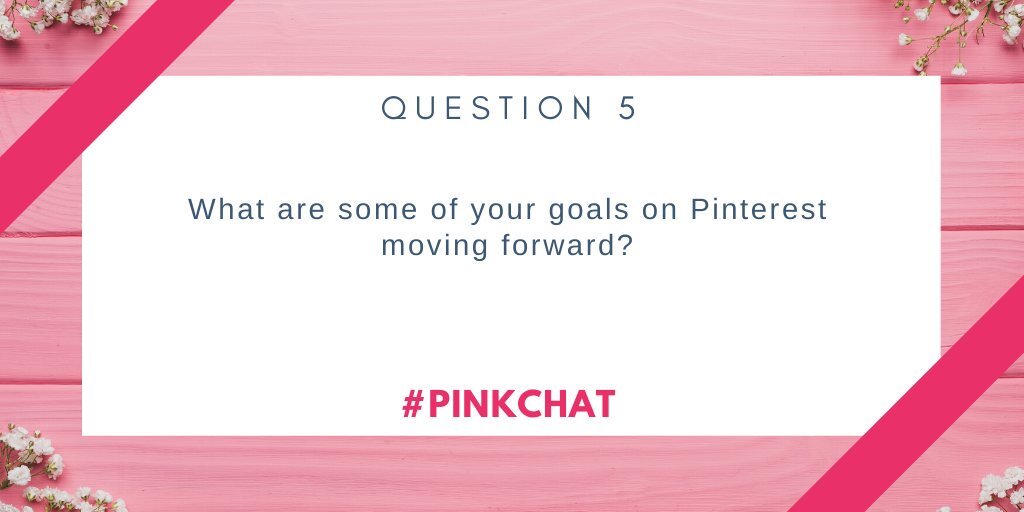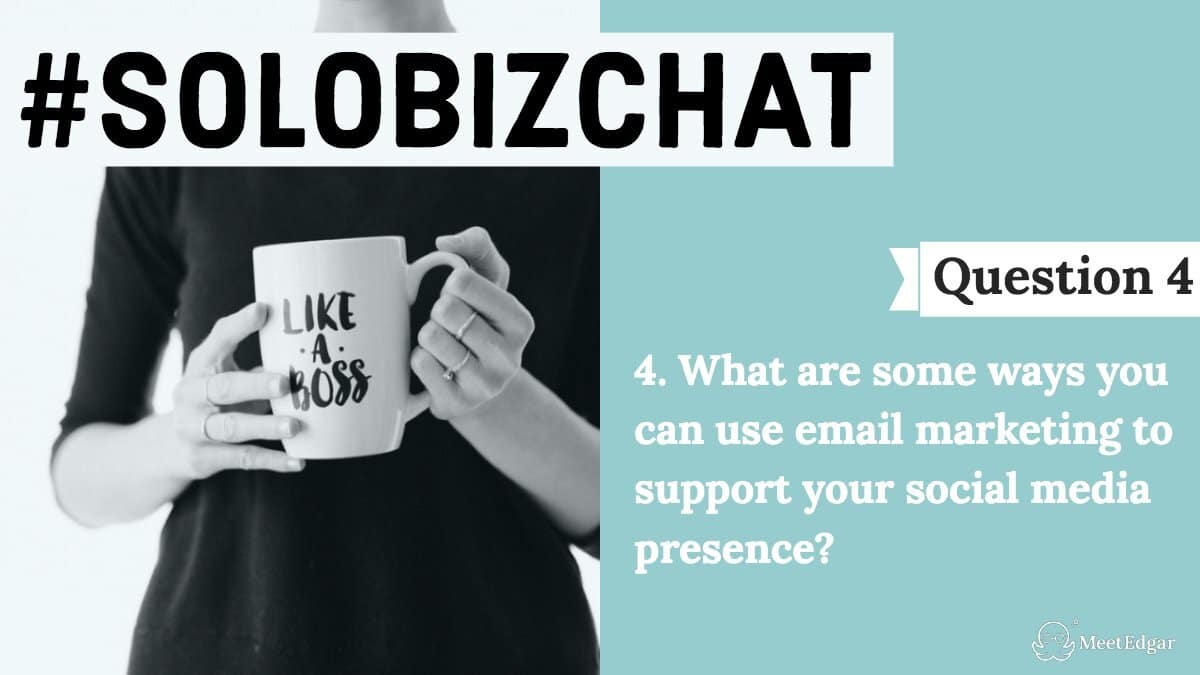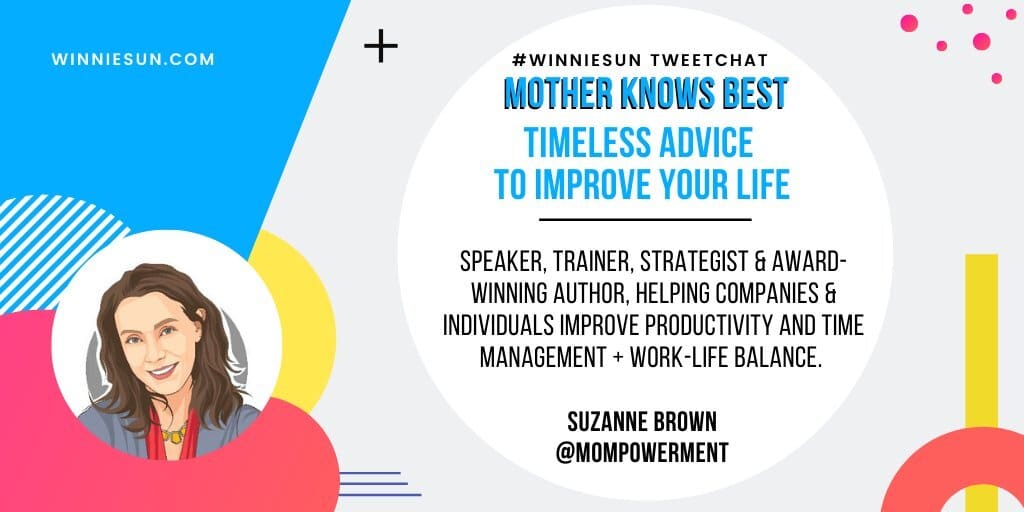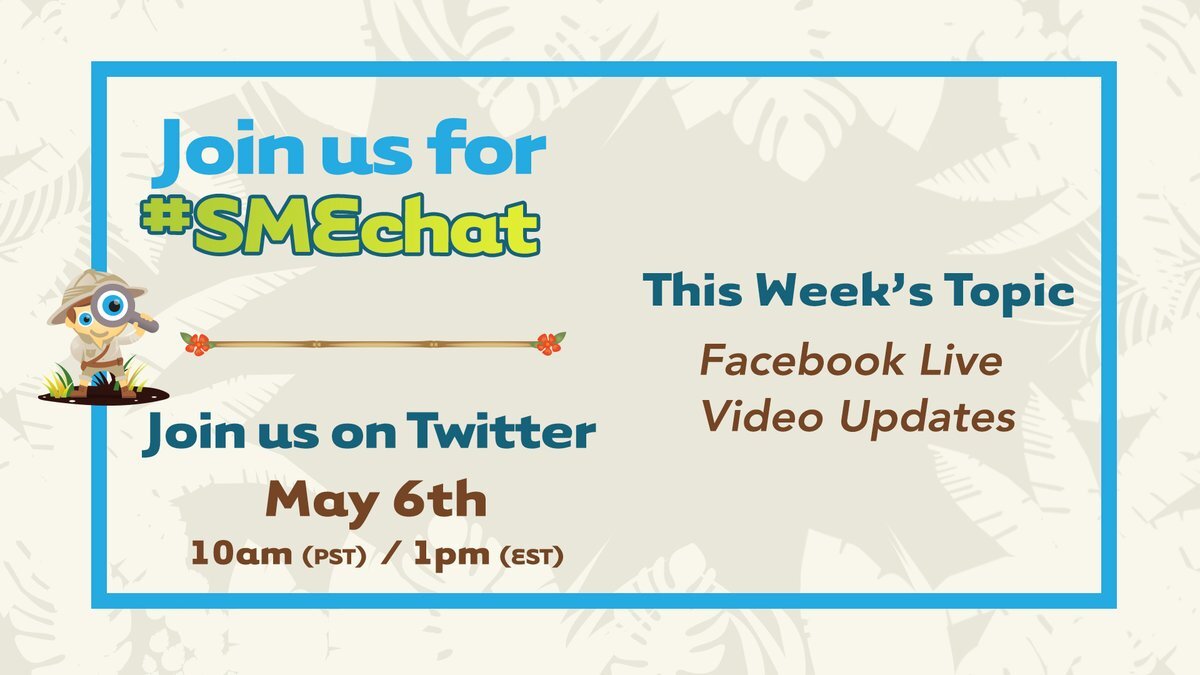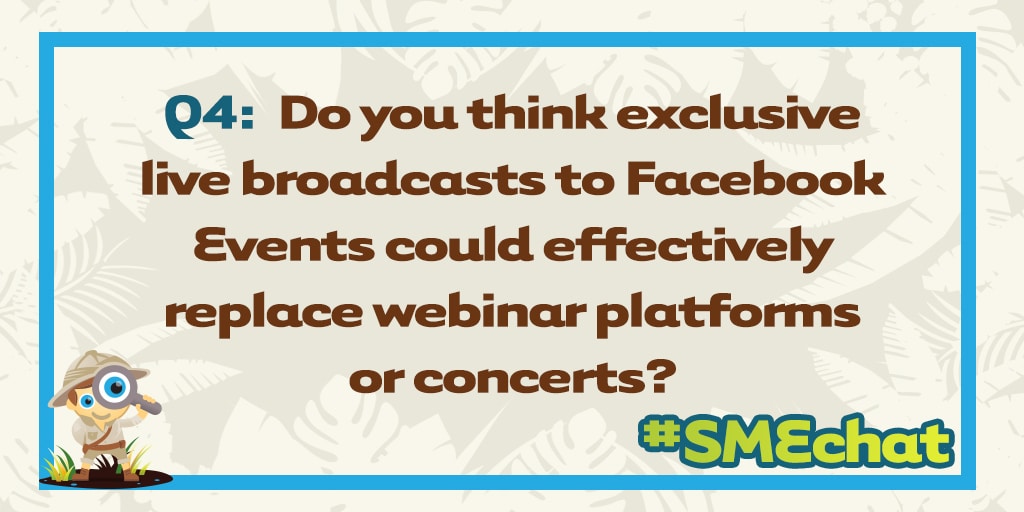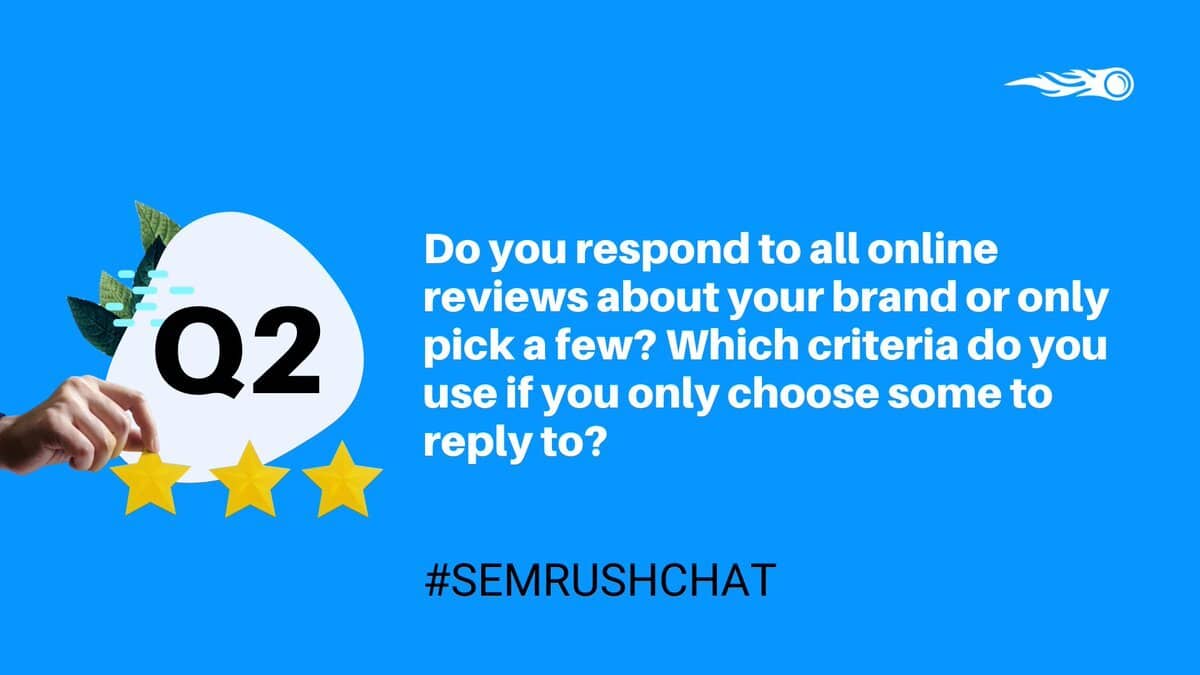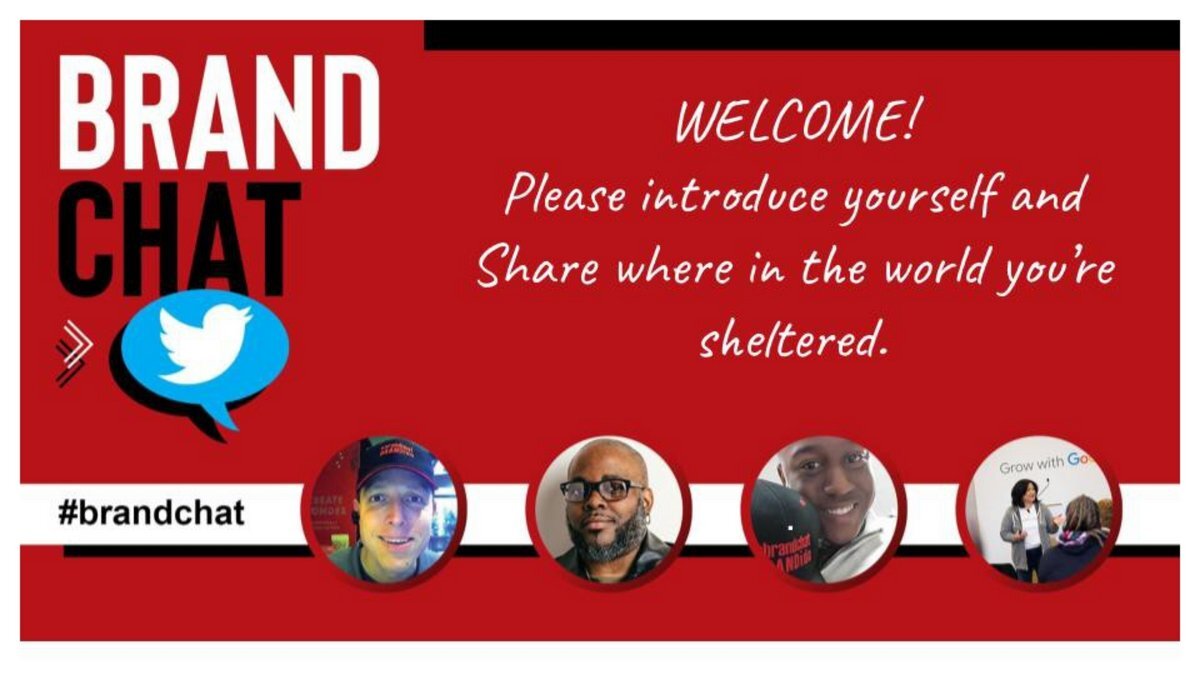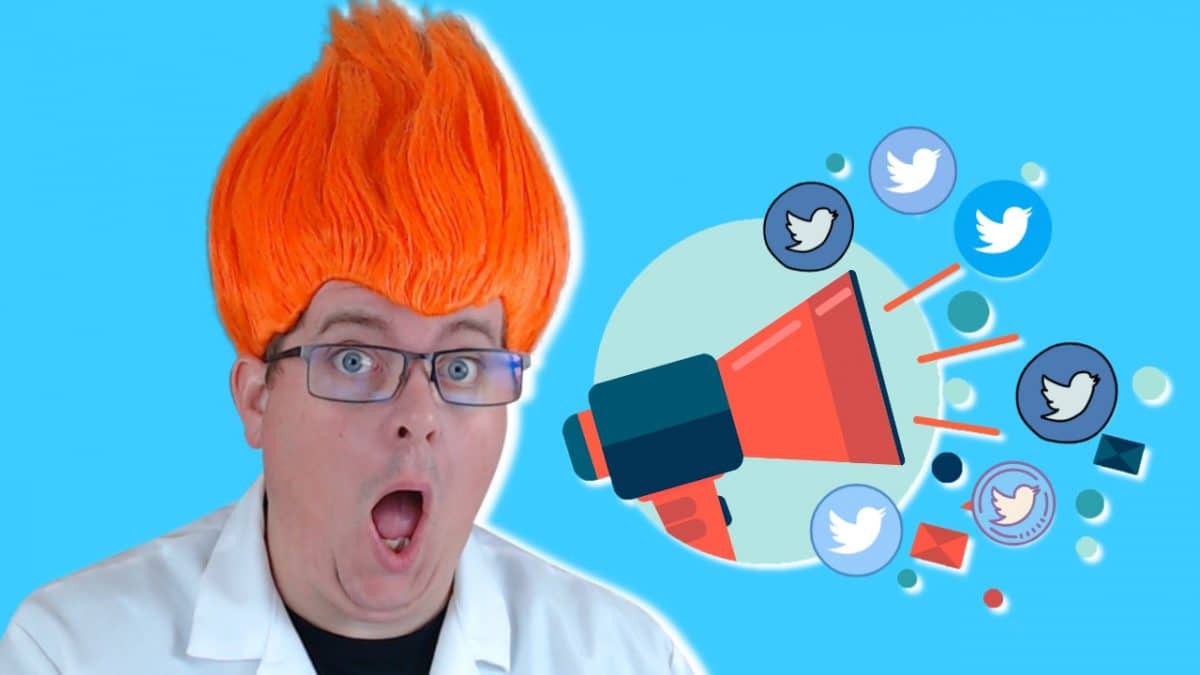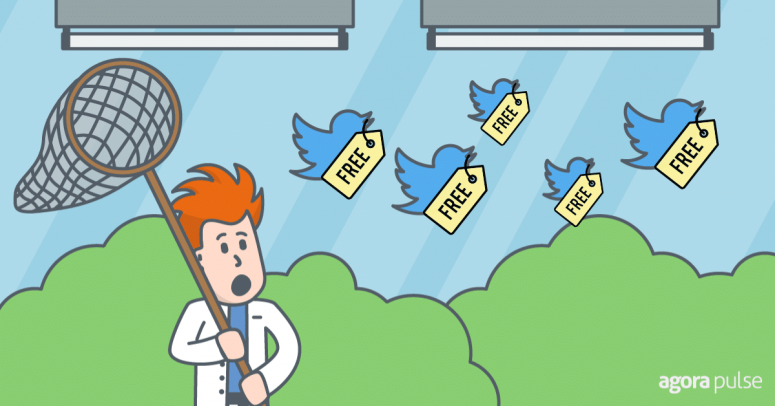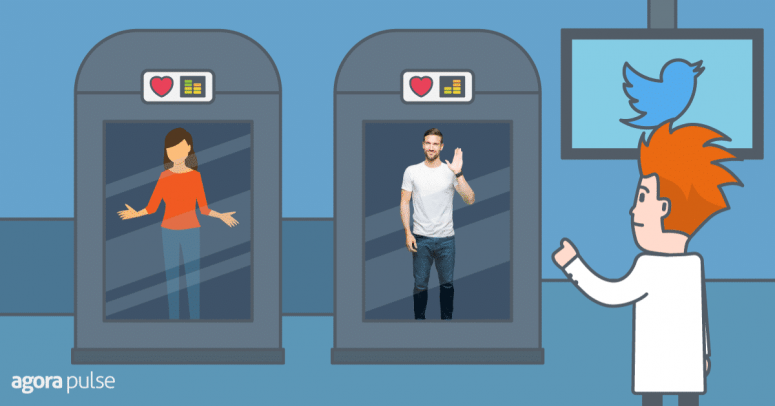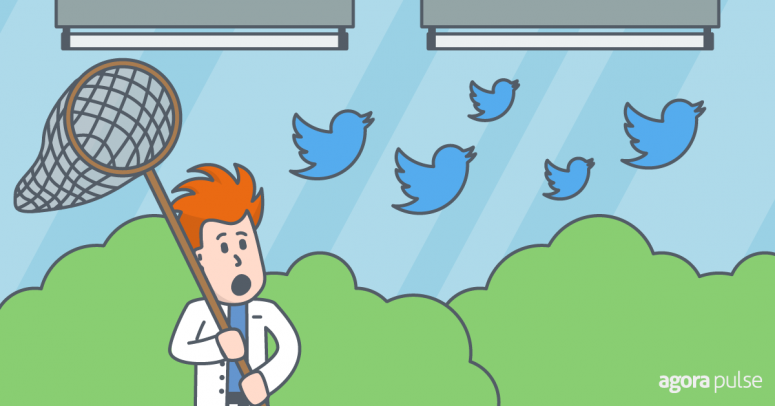
Subscribe to the Social Media Lab Podcast via iTunes | Stitcher | Spotify | Google Play | RSS
Are Twitter Chats Worth the Effort?
What are Twitter Chats?
You may not be familiar with Twitter chats, even though they’ve been around for a very long time.
According to Social Media Examiner:
“A Twitter chat is a public Twitter conversation around one unique hashtag. This hashtag allows you to follow the discussion and participate in it. Twitter chats are usually recurring and on specific topics to regularly connect people with these interests. ”
Twitter users connect using whatever the particular Twitter chat hashtag is.
#AgencyChat is a Twitter chat hosted by Deb Mitchell, Agorapulse’s Community Manager, on the Agorapulse Twitter account that started in June 2020 (after this original study was conducted).
Like most successful Twitter chats, #AgencyChat uses great images to let users know what the chat is about:
Many of the Twitter chats will create images to go along with that week’s topic and guest — such as the recent #AgencyChat with guest Stephanie Liu
Typically 1 user will be the “host” and ask questions of the guest as well as those following the chat.
It looks like this :
The host will ask the question using this sort of text: “Q3: Has your agency changed…?”. Changing to Q1,Q2, Q3, etc as they ask questions. Like #AgencyChat, most will ask the questions using an image with the same question in the text part of the tweet.
Those following the Twitter chat will then answer: “A3: We are..”, etc. Most Twitter chats stop at 8 questions.
Throughout the Twitter chat, it’s crucial that you use the corresponding #hashtag with every reply/answer.
Not doing so means you’re not part of the conversation and others may not see the response.
Here’s how it looks live on Twitter:
Some choose to reply directly to the host, some send a new tweet — ensuring the #hashtag for that Twitter chat is used each time. While some will retweet the question and add their answers.
Tools to Manage Twitter Chats
Due to the live nature of Twitter chats keeping up with the questions, answers and other replies can be daunting.
If it’s a slower chat you could keep up with it simply by following the hashtag on Twitter, such as with #TwitterSmarter .
The downside to that is you will likely miss mentions, answers, etc. Plus it makes it a manual process to remember to put in the #hashtag every time you tweet.
Most these days tend to use Tchat:
You could also try and use Tweetdeck to keep up with the conversation, but due to the smaller column size it’s a bit more difficult IMHO.
This is even with the widest column possible above.
Tchat seems to be the most common and is real-time.
I personally would engage as much as I could using Tchat, then after the chat was over make sure I replied to every reply within Agorapulse, and thanked anyone that retweets me. You can’t do this very well in the other tools at all.
One of the other things I do after a chat is following everyone that mentioned or retweeted my account, a great way to gain followers.
Why Test Twitter Chats?
I’ve had many conversations with Twitter chat expert Madalyn Sklar and through those, I decided we needed to run a test to see if there were positive results of running a Twitter chat.
Or is it just a waste of time?
Hypothesis: Conducting a Twitter chat will increase Reach and Impressions, especially compared to non-chat days.
How We Will Test Twitter Chats
Diving into data from 9 Twitter chats — focusing on the number of Users, Reach, and Impressions — we’ll get a really great data set to evaluate.
There are 1000s of Twitter chats out there in the Twitterverse — some are very active, some not so much.
To get data worth looking at I picked mainly social media related chats, along with a few non-social media.
*Update 2/7/19: Some of these chats are no longer active.
- #TwitterSmarter – hosted by Madalyn Sklar. Topics typically about Twitter marketing.
- #ContentWritingChat – hosted by Express Writers. Chat topics around different forms of content marketing.
- #ContentChat – hosted by Erika Heald. It covers content marketing best practices and insights.
- #BufferChat – hosted by Buffer, topics vary but all social media related.
- #SproutChat – hosted by Sprout Social, covers best practices and insights for social media marketing.
- #SocialROI – hosted by ManageFlitter (run by Madalyn Sklar), talking about social media marketing.
- #AlEdChat – Alabama Education Chat. Interesting chat comprised of teachers in Alabama.
- #RunChat – fun Twitter chat for those into running.
- #EdTechChat – chat revolving around technology in education.
Gathering Data on Twitter Chats
Gathering the data was super easy using Socialalert — hat tip to Madalyn Sklar for that find!
Basically I signed up for an account that allows 10 campaigns and began having Socialalert track the data:
For this study, we’ll look at 4-6 weeks worth of data from each Twitter chat to determine our conclusion.
Socialalert will show you a summary of the data in various graphs based on the date filter you set for the campaign:
As you can see the TwitterSmarter chat has a ton of users engaged and gets high Reach/Impressions.
You can also see on the “Timeline Distribution” chart 6 peaks, this correlates with the 6 different Twitter chats Madalyn conducted during this 6 week time frame.
While there is some engagement on a Twitter chat in between chats, the vast majority happens during the hour-long chat.
In addition to the graphs by Socialalert, you’re able to export all of the data into a spreadsheet and really dive into the numbers.
I’m able to see the following (again based on the time frame I selected in the filter):
- Summary – Users, Reach, Impressions, Posts
- Users – Full list of every user on Twitter that engaged with the Twitter chat
- Mentions – This gave me the ability to see what Twitter accounts were mentioned
- Top Mentions – Shows you the top 10 users mentioned
- Active Users – Top 20 users in the Twitter chat based on engagement
- Influencers – Top 20 users in the Twitter chat based on Impressions
- TopUrl – Top 10 URLs used during the Twitter chat
- TopHashtag – Top 10 hashtags used during the Twitter chat (obviously #1 should be the chat’s hashtag)
- TopCountries – Top 10 countries represented by those in the Twitter chat
- TopKeyword – Top 10 keywords used in tweets during the Twitter chat
For our purposes, much of this data was not important. I mainly wanted to see how many users were engaged, how many posts about the Twitter chat were made, and what was the Reach and Impressions.
What the Data Says About Twitter Chats
I averaged the 9 Twitter chats together and found this data:
- Posts – 6941
- Users – 1355
- Reach – 7,278,548
- Impressions – 68,073,430
The numbers are pretty damn impressive if you ask this long time social media blogger.
That’s 68 MILLION Impressions!!! And over 7 million Reached.
But this data is an average of all chats looked at, and some had just 3 chats during the study, some 6. So let’s average out the numbers for each chat to really see if Twitter chats are worth the effort or not.
TwitterSmarter: Average of 6 Twitter chats
- Posts – 1245
- Users – 292
- Reach – 3,407,646
- Impressions – 25,180,786
ContentWritingChat: Average of 6 Twitter chats
- Posts – 1088
- Users – 112
- Reach – 768,197
- Impressions – 2,563,342
ContentChat: Average of 6 Twitter chats
- Posts – 505
- Users – 99
- Reach – 623,439
- Impressions – 1,698,221
SproutChat: Average of 4 Twitter chats
- Posts – 513
- Users – 98
- Reach – 725,172
- Impressions – 5,767,593
SocialROI: Average of 6 Twitter chats
- Posts – 985
- Users – 160
- Reach – 1,041,191
- Impressions – 19,792,898
BufferChat: Average of 4 Twitter chats
- Posts – 1237
- Users – 190
- Reach – 1,190,630
- Impressions – 29,809,028
RunChat: Average of 5 Twitter chats
- Posts – 3422
- Users – 608
- Reach – 1,735,435
- Impressions – 12,765,482
EdTechChat: Average of 4 Twitter chats
- Posts – 3254
- Users – 905
- Reach – 3,261,786
- Impressions – 26,009,935
AlEdChat: Average of 3 Twitter chats
- Posts – 802
- Users – 133
- Reach – 358,860
- Impressions – 2,358,587
As you can see each one of these Twitter chats gets a great amount of user engagement — the lowest amount of users was on Sproutchat with 98 users. But they still had an amazing Reach and Impressions per chat.
The high Impressions and Reach are a product of having users engaged in the Twitter chat that have a large following — along with tweeting multiple times during the Twitter chat.
Watch our recent Social Media Lab LIVE as we discuss our findings with Madalyn Sklar and Owen Video.
Conclusion about Twitter Chats
Ok, so that was a lot of numbers/data. But does it mean anything for you and me?
I’d say a resounding YES!
Taking the average numbers for each Twitter chat and then averaging together we get this:
- Posts – 1450
- Users – 289
- Reach – 1,456,928
- Impressions – 13,993,986
Based on this data I am going to confidently conclude:
Running a Twitter chat will result in a high amount of Reach and Impressions. And should be highly considered as part of your social media strategy.
Even if you saw half of the results the lowest-performing Twitter chat saw you’d have a great chat that builds community and gets your message to more people.
In addition to running your own Twitter chat, I would also recommend being active in a few chats in your niche.
Using the @Agorapulse Twitter account I’ve been active in a few chats recently — albeit sporadically.
Taking a look at the reports in Agorapulse I can see the most interacted hashtag I used during this time period was those from the Twitter chats:
These interactions are a mix of replies and retweets.
Being engaged with Twitter chats will produce results for your account — followers, replies and retweets. All of which help you get more exposure of your product/service/website.
You’ll notice the #ContentWritingChat had 533 interactions for me, this was because I was the “guest” 1 week on their Twitter chat. So I was answering the questions posed by the host.
Which leads to loads of interaction. I would encourage you to be a guest on a Twitter chat once per month, different chats of course. It greatly increases your exposure.
How to Start a Twitter Chat
It’s not that hard to start your own Twitter chat.
You need a Twitter account obviously and a “hook” of some sort (appealing subject matter).
Below are 4 tips from Social Media Examiner that make this simple:
- Choose your Time Slot – Pick a time when other Twitter chats in your niche aren’t happening. And look at your Twitter insights in a tool such as Agorapulse to find the best times to have one based on when you get the most engagement. But at the end of the day schedule it at a time you can commit to each week! #AgencyChat has chosen Thursdays at 11am pacific time for their weekly chat, at if fits Deb’s schedule best.
- Invite Relevant Guests and Influencers – You’ll want to let people you know in your niche about your Twitter chats a few weeks before you start it. Build up some excitement before you launch, don’t just start on that day and expect anyone to notice. You’ll also want to get guests on that have a good Twitter following. This gives you greater exposure. And also makes it more interesting to those in the Twitter chat.
- Use Great Visuals – You want your visuals to be eye-catching and be something that sticks to your branding. Also consider making a custom image for every chat and every question. Below are some great examples.
- Use a Management Tool – As mentioned at the beginning of this experiment I’d highly recommend using TweetChat.com to engage with others during the chat. This is what I use when I’m active in Twitter chats. You could also schedule all of your updates, questions and answers to the chat using Agorapulse’s schedule feature. Which lets you schedule the exact minute you want something to post. This will free you up to simply engage during the Twitter chat and not worry about posting the questions.
I hope you enjoyed this look at Twitter chats. If it inspires you to start your own chat I’d love to hear about it.
